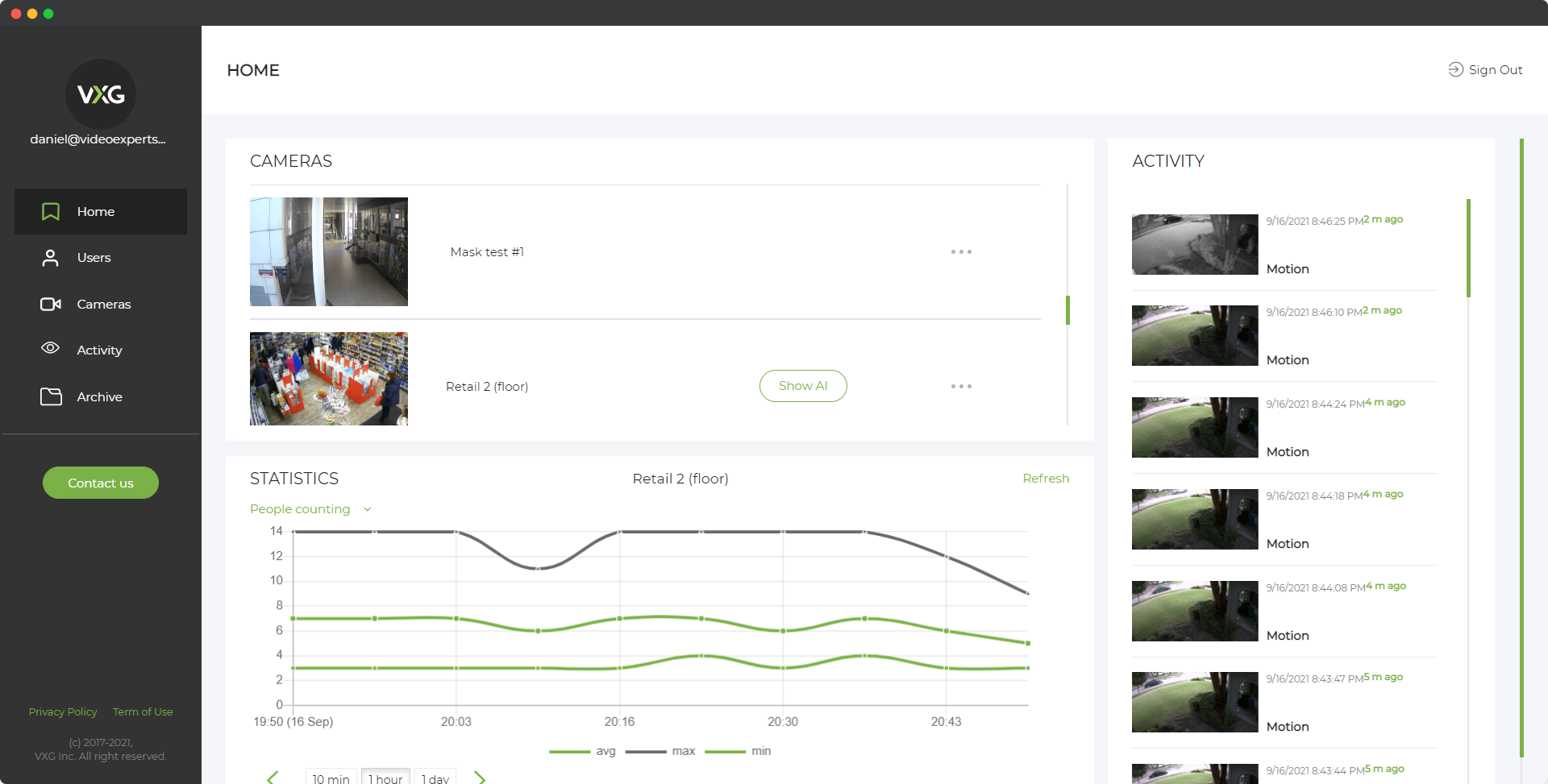A Network Video Recorder (NVR) is a specialized computer system that records video in a digital format to a disk drive, USB flash drive, SD memory card, or other mass storage devices. An NVR is typically used in an video surveillance system. Unlike a Digital Video Recorder (DVR), which records video from analog cameras, an NVR records video from IP cameras over a network.
Power
NVRs can be powered in different ways depending on their design and usage requirements. Here are the common types:
- PoE (Power over Ethernet) NVRs:
These NVRs get their power from the Ethernet cable connected to the IP cameras. This setup is convenient because it reduces the need for multiple power sources and cables. PoE NVRs are popular for their simplicity and ease of installation.
- Non-PoE NVRs:
These NVRs do not provide power to the connected cameras. Each camera needs its own power source, which can be an AC adapter or another power solution. Non-PoE NVRs are often used in systems where cameras are located far from the NVR or when existing infrastructure does not support PoE.
- Standalone NVRs:
These NVRs come with their own power supply unit and operate independently. They do not rely on external power sources for their operation. Standalone NVRs are typically used in smaller setups or for specific applications where centralized power is not feasible.
Channels
Channels in an NVR refer to the number of IP cameras the NVR can support simultaneously. The number of channels varies depending on the model and purpose of the NVR. Here are the common categories:
- 4-Channel NVRs:
These are entry-level NVRs suitable for small surveillance setups, such as a home or a small office. They support up to 4 IP cameras and are often more affordable and easier to manage.
- 8-Channel NVRs:
These NVRs are designed for medium-sized surveillance systems, such as larger homes, small businesses, or retail stores. They support up to 8 IP cameras and offer a balance between capacity and cost.
- 16-Channel NVRs:
Suitable for larger surveillance systems, 16-channel NVRs can support up to 16 IP cameras. They are commonly used in larger commercial settings, such as warehouses, office buildings, or large retail environments.
- 32-Channel and Higher NVRs:
These high-capacity NVRs can support 32 or more IP cameras. They are designed for extensive surveillance systems, such as large industrial facilities, university campuses, or city surveillance projects. These NVRs offer advanced features and greater storage capacity to handle the large volume of video data.
Choosing the right NVR depends on the specific needs of the surveillance system, including the number of cameras, the desired recording quality, and the available infrastructure. By understanding the different types of NVRs based on power and channels, users can make informed decisions to ensure their surveillance systems are efficient and reliable.
Read also:
















